According to a recent survey conducted by Aviva, one in five UK businesses have experienced an incident connected to lithium-ion (Li-ion) batteries, such as explosions, fires and sparking.[1]
Li-ion batteries are commonly used to power electric vehicles, bikes and other gadgets, however if used incorrectly, these powerful batteries can be very dangerous.
It’s important for people to understand the risks posed by Li-ion batteries and how to handle them correctly, including how to correctly store Li-ion batteries. In this article, we will look at how to safely charge Li-ion batteries.
How to safely charge Lithium-ion batteries
When charging lithium-ion batteries, it is important to ensure you are adhering to the recommended safety protocols to reduce the risk of an incident occurring at your premises.
Our top tips can help you ensure a safer and longer battery life for your lithium-ion batteries and devices.
- Always use the correct battery charger for lithium-ion batteries
You should always operate the charger in accordance with the manufacturer’s instructions. You must use the correct battery charger for lithium-ion batteries, either the original charger that came with the product or a manufacturer-approved charger, specifically created for the device you are charging.
By using the correct charger, you will match the battery’s current and voltage requirements, helping to prevent overheating.
- Be careful to avoid overcharging lithium-ion batteries
Overcharging is problematic for two reasons. Firstly, it can drastically reduce the battery’s charge-holding capacity, meaning that over time the battery will not be able to run the device for as long. Secondly, and more importantly, it can cause the battery to overheat and in extreme cases, explode. Unplugging your battery as soon as it reaches optimum charge is key to prolonging the battery life.
Generally, it is recommended that you try to avoid letting your battery fully deplete on a regular basis and instead, keep its charge between 20% to 80%. For optimal longevity, please refer to the manufacturer’s guidelines.
You could also use a battery management system to monitor and manage the charge safely. As well as safely charging your lithium battery, using a battery management system will also extend the longevity of your battery.
- Regularly check the battery’s condition
Before you begin charging, you should always inspect the battery for any signs of damage. This could include dents, bulges, leaks, unusual smells, discolouration, heat generation or general wear and tear. If you notice anything unusual, you should avoid charging, as these damaged batteries can be very dangerous. The same applies to the charging unit, which you should also thoroughly inspect before use.
- Charge in a safe location
To avoid lithium-ion battery fires always ensure charging is performed in a safe environment. It should:
- Be done with proprietary lithium-ion battery charging cabinet with a minimum of 90 minutes fire resistance.
- Be cool and dry place away from direct sunlight. Charging batteries in warm temperatures can increase the risk of overheating.
- Not take place in the same location as where the batteries are stored.
- Be undertaken on a non-combustible base with two meters clearance in all directions.
- Be adequately ventilated.
- This location should be safe from water damage to the battery or charger.
- Be done in an area covered by fire and gas detection. If possible, consider setting up an isolator which can cut off the charging should the fire or gas alarm be triggered.
- Be in an area on the ground floor with external access. This allows people to evacuate in the event of an incident and also gives the fire brigade easier access.
- Do not leave the battery unattended when charging
When charging a lithium-ion battery, you should never leave it unattended. You should stay in the vicinity so you can monitor the device, and then you can act promptly if you start to see signs of any issues such as thermal runaway (when a battery starts to overheat leading to the battery becoming unstable). Do not under any circumstances opt to charge batteries overnight when the premises are unoccupied.
- Have a fire evacuation plan in place should the worst happen
In the event of an emergency, you should have a plan on-hand to guide you through the actions you need to take. This plan should include instructions on how to deal with a damaged or faulty battery, as well as the actions you need to take should a fire break out. All employees should be well versed on what is expected of them.
This should be coupled with regular training for all employees on the risks these batteries pose and how to safely handle the batteries.
Small business insurance from Towergate
Due to the increasing use of battery-powered devices, it is essential to ensure your small business against lithium-ion battery fires. These policies can be tailored to cover property damage, inventory loss, liability claims, and business interruption.
For more information, contact your usual Towergate advisor today.
Consistent with our policy when giving comment and advice on a non-specific basis, we cannot assume legal responsibility for the accuracy of any particular statement. In the case of specific problems, we recommend that professional advice be sought.
Sources:
[1] https://www.aviva.com/newsroom/news-releases/2025/01/lithium-ion-battery-incidents-affect-more-than-half-of-businesses/


